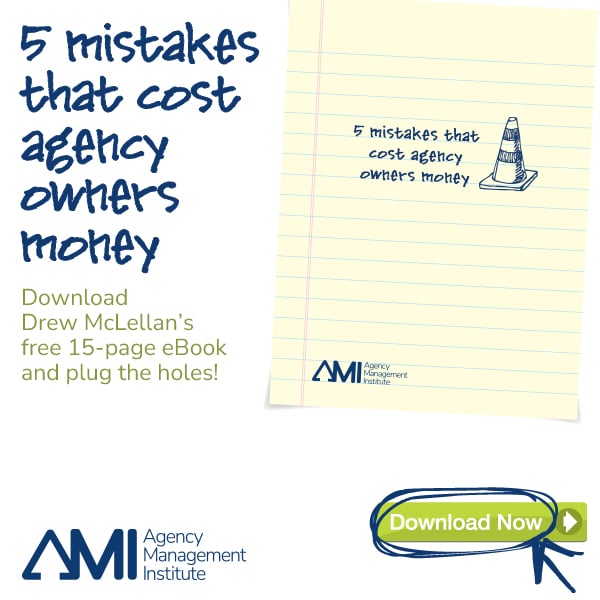Who are you?
I’ve been thinking a lot about origin stories lately. Each of us us a sum of the people and experiences that shaped us early on. It’s that combination of influences that create something unique. I’m a sarcastic, single malt Scotch drinking, Disney lover because of my Dad. I’m a music loving, bear hugging teacher because [...]











